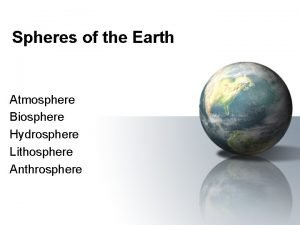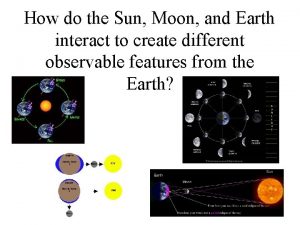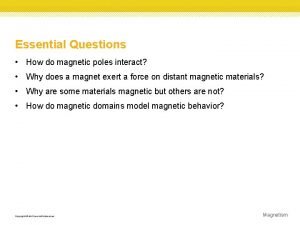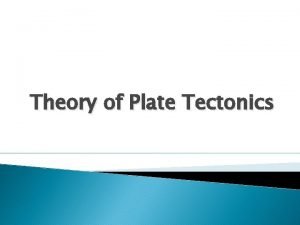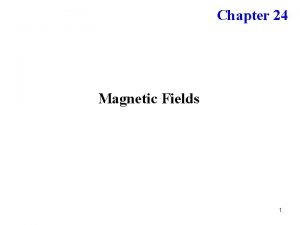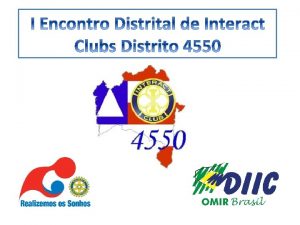T Take Notes I Interact with your notes

















- Slides: 17

T = Take Notes I = Interact with your notes P = Practice with plenty of repetition S = Self-test

CHAPTER 3: SECTION 2: ATOMIC STRUCTURE

ESSENTIAL QUESTIONS • How big is an atom? • What are some ways elements are organized on the periodic table?

DISTINGUISHING ATOMS • Just as apples come in different varieties, a chemical element can come in different “varieties” called isotopes.

EARLY MODELS OF THE ATOM • Atomic Number • What makes one element different from another? • Elements are different because they contain different numbers of protons. • The atomic number of an element is the number of protons in an atom. It is also the number of electrons.

ATOMIC NUMBER

PRACTICE

MASS NUMBER • Mass Number • How do you find the mass number of an atom? • The mass number is the total number of protons and neutrons in an atom. • Mass number = protons + neutrons Neutrons = mass number - protons

PRACTICE

NEUTRONS

ISOTOPES • Isotopes • How do isotopes of an element differ? • Isotopes are atoms that have the same number of protons but different numbers of neutrons. • Because isotopes of an element have different numbers of neutrons, they also have different mass numbers.

ISOTOPES • Despite these differences, isotopes are chemically alike because they have identical numbers of protons and electrons.

PRACTICE

POST-ASSESSMENT • What is the difference between the macro and micro scale?

POST-ASSESSMENT • What is the difference between the macro and micro scale? • The macroscopic scale is visible without any special tools needed. The microscopic scale is too small to see.

POST-ASSESSMENT • How big is an atom?

POST-ASSESSMENT • How big is an atom? • Atoms are on the microscopic scale, but far smaller than microorganisms like bacteria.
 Take a bus or take a train
Take a bus or take a train Sun's layers
Sun's layers How does biosphere interact with hydrosphere
How does biosphere interact with hydrosphere Why do organisms interact with other organisms
Why do organisms interact with other organisms Coevolution examples
Coevolution examples How do the sun moon and earth interact
How do the sun moon and earth interact The four spheres
The four spheres Why do magnets repel
Why do magnets repel Earth sphere interactions
Earth sphere interactions Tectonic plates interact at places called plate
Tectonic plates interact at places called plate Interact club handbook
Interact club handbook Organizing students to interact with content
Organizing students to interact with content How do similar (s-s or n-n) magnetic poles interact?
How do similar (s-s or n-n) magnetic poles interact? Lycanthropic culture shock
Lycanthropic culture shock Regularly and consciously interact with one another
Regularly and consciously interact with one another Sergeant at arms in rotary club
Sergeant at arms in rotary club How do air masses interact to form a hurricane apex
How do air masses interact to form a hurricane apex Elements of dance body
Elements of dance body


